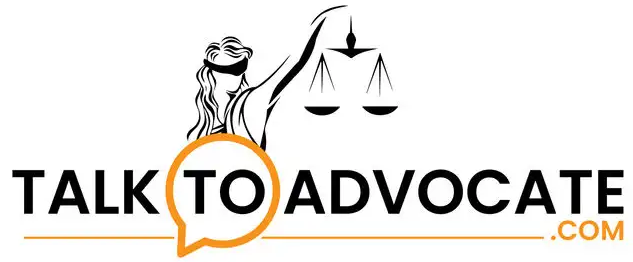Easement rights are a legal right to use someone else’s property for a specific purpose or in a specific manner. An easement is a legal agreement between two parties that allows one party to use a portion of the other party’s property for a specific purpose. The party that benefits from the easement is known as the “dominant estate,” while the party that grants the easement is known as the “servient estate.”
Easements can be either express or implied. An express easement is created through a written agreement between the two parties, while an implied easement is created through the actions of the parties, such as the regular use of a shared driveway or walkway.
There are several types of easements, including:
- Right of way easements: This type of easement allows someone to pass through another person’s property. For example, a homeowner may have a right of way easement across their neighbor’s property to reach their own property.
- Utility easements: This type of easement allows a utility company to access a property to install and maintain utility lines, such as electrical, gas, or water lines.
- Easements by necessity: This type of easement is created when there is no other way to access a property. For example, if a property is landlocked, an easement by necessity may be granted to allow the owner to access the property.
- Prescriptive easements: This type of easement is created when someone has used another person’s property without permission for a certain period of time. The use must be open, notorious, and continuous for the statutory period, which varies by state.
- Conservation easements: This type of easement is granted to a conservation organization or government agency to protect the natural resources on a property.
Easement rights can have a significant impact on the value and use of a property. It is important to consult with a civil lawyer for guidance on creating, modifying, or terminating an easement.
